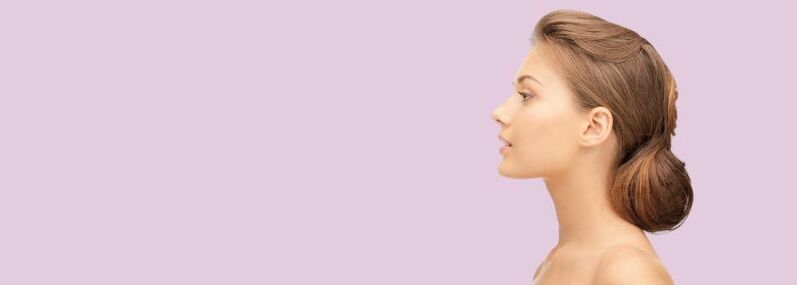
How do you know if you have indications for rhinoplasty?
According to the Australian Society of Aesthetic Plastic Surgeons, indications for rhinoplasty include any visual impairment that embarrasses a person, and functional impairment such as difficulty breathing.
The visual impairments most often sought by patients to be corrected include:
- imbalance of the nose in relation to other facial features;
- asymmetry;
- the presence of humps;
- large or asymmetrical nostrils;
- large, tucked or drooping ends;
- the back is too thick, thin or uneven;
- excessive or insufficient length.
Among the defects that cause functional impairment:
- congenital or acquired deformation of the nasal septum;
- broken bones.
What types of rhinoplasty?
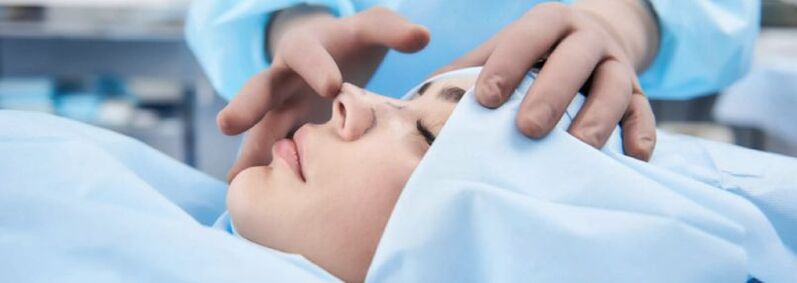
Based on the problems solved by the procedure, the American Society of Plastic Surgeons distinguishes the following types of rhinoplasty: aesthetic and functional. Let's think about how they differ.
Aesthetic rhinoplasty
This is a procedure to correct the shape and size of the nose. According to the British Society of Aesthetic Plastic Surgeons, this type of rhinoplasty can correct:
- hump - remove bone and cartilage tissue in a certain area behind the nose;
- nostrils - changing their shape and size, making them symmetrical;
- columella (bridge between nostrils) - straighten or make it thinner;
- tip - increase, decrease or decrease;
- wings - make it symmetrical or less expressive.
During the procedure, the doctor can change the shape of the nose not only by removing tissue, but also, on the contrary, by increasing its volume. To do this, he uses an artificial implant or cartilage, obtained from another part of the patient's body. Plastic surgeons call this operationaugmentation rhinoplastyorgrafting.
Functional rhinoplasty (septoplasty)
According to Stanford University Medical Center, the goal of septoplasty is to restore respiratory function that has been affected by congenital abnormalities, injuries, or some other changes in the body.
If a patient who is indicated for surgery to restore breathing decides to further correct the shape of the nose, the doctors of the American Society of Aesthetic Plastic Surgeons recommend a combined interventionrhinoseptoplasty.
There are also 2 subtypes of functional and aesthetic rhinoplasty:
- Reconstructive rhinoplasty- This is how the American Society of Plastic Surgeons calls interventions to correct the shape of the nose due to congenital defects (for example, rhinoplasty for cleft palate and cleft lip) or to recreate the shape that has changed due to injury.
- Rhinoplasty review- This is a repeated nasal correction. Plastic surgeons recommend it if the patient is not satisfied with the results of the previous intervention.
How is rhinoplasty performed?
The Spanish Society of Plastic, Reconstructive and Aesthetic Surgery distinguishes 2 methods of rhinoplasty - open and closed. Their main difference is the access through which the doctor performs the operation.
How is closed rhinoplasty performed?
Plastic surgeons call closed rhinoplasty the least traumatic method of nose correction surgery. This procedure does not leave a scar, because the doctor performs all the actions through the nostrils, without an incision outside the nose. Doctors use this technique for small curvatures or deformities.
How is open rhinoplasty performed?
In open rhinoplasty, the rhinoceros surgeon makes an incision on the columella and outer corner of the nose. After that, he lifts the skin and makes corrections. Open rhinoplasty can correct serious deformities and deformities. In this case, a small mark remains at the base of the nose, which becomes less noticeable over time. It can be removed using cosmetics and special procedures.
How to determine which nose suits me?
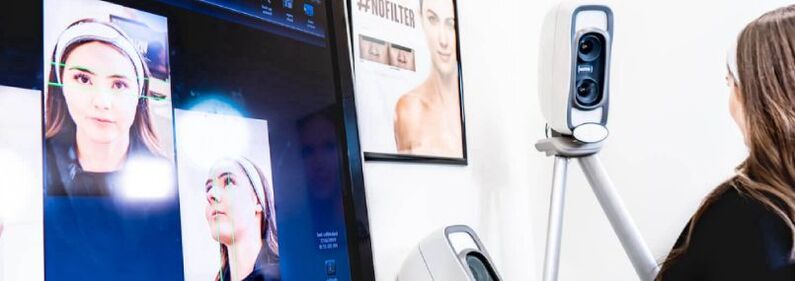
Before deciding to undergo surgery, it is important to understand whether a face with the desired nose shape will be more beautiful. After all, there are cases when, after rhinoplasty, people lose their individuality and become less attractive and attractive.
According to the study, the 3D modeling machine allows you to choose a nose that will be in maximum harmony with other features. This setup takes a 3D photo of your face. The doctor and the patient process it in a special program and adjust the nose until the optimal shape and size is selected.
Is any preparation required for such a procedure?
According to the Australian Society of Plastic Surgeons, rhinoplasty requires some preparation. It includes:
- Consultation with a plastic surgeon. During that time, someone told what exactly he wanted to change. The doctor examines the nose, explains how realistic it is to achieve the desired result, and creates a model to operate. During the consultation, it is important to ask the doctor all your questions, ask about restrictions before and after surgery, and learn about risks and possible complications.
- Preoperative examination, which helps ensure there are no contraindications. It includes laboratory tests of blood and urine, electrocardiography (ECG), fluorography.
The American Society of Plastic Surgeons recommends not smoking or taking aspirin, anti-inflammatory drugs, or herbal supplements during the preparation period because they can affect blood clotting.
How is rhinoplasty performed?
According to the American Society of Plastic Surgeons, patients are under general anesthesia or local anesthesia during surgery. The doctor determines the type of anesthesia at the preoperative consultation, focusing on the complexity of the procedure.
Depending on the type of access, the surgeon makes an incision inside or outside the nose and performs tissue correction, focusing on the 3D model.
At the end of the procedure, the doctor makes stitches, fixes the nose with a special tampon or splint/septal splint (silicone plate according to the shape of the nose) and plaster cast.
In general, the procedure lasts from 1 to 2 hours (according to the Spanish Society of Plastic, Reconstructive and Aesthetic Surgery).
How does recovery proceed and when can results be seen?
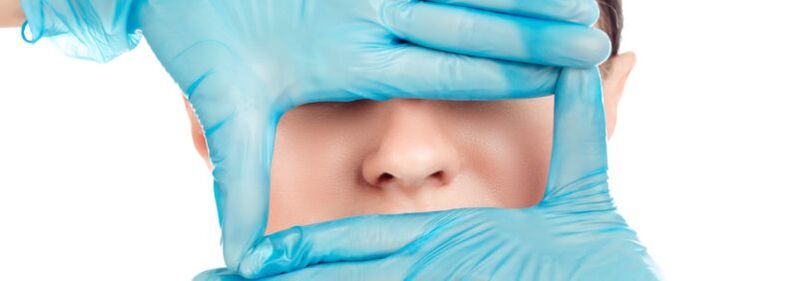
It is the recovery after rhinoplasty that raises many questions. Patients want to know how quickly the signs of intervention disappear, when they can return to their normal lifestyle, and most importantly, when the results can be seen.
Restoration
Depending on the general condition, the patient stays in the clinic for 1 night or goes home the same day. This time is enough to recover from anesthesia and gain strength. The next recovery takes place at home. Nosebleeds may occur during this period, so it is important to keep in touch with your doctor to inform him of your condition.
It is important to understand that after rhinoplasty, facial swelling lasts for 2-3 weeks, and the final result cannot be evaluated (according to plastic surgeons). If, after this time, the patient realizes that the new nose does not fit the 3D model at all, it is necessary to inform the doctor about this. In this case, he will perform a revision rhinoplasty.
Possible side effects
Plastic surgeons warn of the following possible complications:
- difficult breathing;
- numbness in the operated area;
- asymmetry;
- sick;
- pigmentation;
- scars;
- formation of a hole in the septum (perforation).
Restrictions
During recovery, plastic surgeons recommend:
- avoid heavy physical activity and running;
- do not shower;
- don't blow your nose;
- eat foods high in fiber (eg, fruits, vegetables) to avoid difficulty defecating and, as a result, high blood pressure;
- smile and laugh less;
- brush your teeth carefully so that your upper lip does not move actively;
- choose clothes that do not need to be pulled over your head to reduce the risk of accidental injury;
- do not wear glasses;
- use sunscreen.
The result
If we talk about the final result of rhinoplasty, it can be seen after 6 months (according to information from the American Society of Plastic Surgeons). During this time, the swelling completely subsides and the tissue grows together.
Is one operation enough to achieve results?
It is enough if, before the intervention, the patient clearly understands the result he wants to get, discusses all the nuances with the doctor, they together form a 3D model of the future nose, and the surgeon recreates it exactly.
If, after removing the plaster or after complete recovery, the patient realizes that he wants to fix something, the doctor performs another operation.
It is important to understand that rhinoplasty is a surgical intervention, which means it puts pressure on the body. Therefore, before agreeing to undergo surgery, make sure you clearly understand the results you want to get and convey this to the surgeon.
How is non-surgical rhinoplasty performed?
People who want to correct their nose, but for some reason are not ready to solve this problem surgically, can pay attention to another method of rhinoplasty - non-surgical. They provide a temporary effect and help you decide if surgery is worth it. The procedure is performed under local anesthesia and does not require recovery - redness and swelling disappear within a few hours. There are the following types of non-surgical rhinoplasty:
Correction with fillers (contour rhinoplasty)
According to the data, the procedure consists of injecting the drug into the area that needs to be changed (for example, at the back of the nose to smooth the hump, or at the tip of the nose to enlarge it). Doctors most often use hyaluronic acid as a filler, less often collagen. It is a natural substance found in the body of each of us. Thanks to this, the risk of complications is minimal. The results of such injections last up to 14 months. After this period, the filler dissolves. Possible side effects include encapsulation (compaction of tissue around the drug). This process is the body's natural response to foreign substances.
Be careful!
If you decide to undergo contour rhinoplasty, be sure to check with your doctor what medications he uses. Some doctors suggest introducing biopolymers (biogels) - synthetic materials that, unlike hyaluronic acid and collagen, are not removed from the body. Such procedures are considered dangerous and prohibited in some countries. Biopolymers can cause inflammation and migration. This means that over time, fillers injected into the nose may end up in the chin, cheeks or eye area. Biogel can only be removed surgically, after which the scar remains on the face.
Nasal lipofilling
According to information from the American Society of Plastic Surgeons, with lipofilling, correction occurs by injecting one's own fat under the skin (this material is also called autologous filler). This procedure gives a similar effect to injections of hyaluronic acid and collagen: unevenness is filled, and the amount of tissue in certain areas increases. The effect of lipofilling lasts about 3 years. To maintain it, you cannot lose weight.
Botox (botulinum toxin) injection.
According to data, botulinum toxin reduces tissue volume by relaxing muscles. This technique allows you to raise or lower the tip, make the nose symmetrical and correct the shape of the nostrils. Possible side effects include difficulty breathing and changes in the height of the upper lip when smiling. The effect lasts up to 2 years.
Mesothreads
This type of nose correction is called a thread lift or meso thread lift. According to research, it allows you to change the shape of the wing and raise the tip. The essence of the procedure is the subcutaneous introduction of a special thread. Over time, they dissolve, forming a collagen framework that fixes the tissue and maintains the new shape of the nose. The effect lasts up to 2 years.
And most importantly. . .
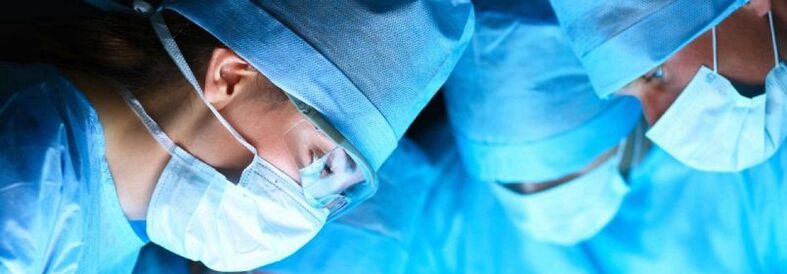
Before agreeing to any of the procedures mentioned, ensure the competence of the plastic surgeon.
When it comes to surgery, the American Society of Plastic Surgery recommends that a doctor's experience with a particular procedure be considered first. Pay attention to his profile - it is necessary that he specializes in face correction operations. It is important that the doctor has an international certificate and accreditation that confirms his qualifications. It is advised that doctors undergo training abroad (for example, in the United States and European countries) to improve their skills.
Do you want to undergo rhinoplasty without surgery? Choose a cosmetologist with a higher medical education who sees patients not at home, but in a specialized clinic. In such centers, sterility and all conditions for the safe implementation of medical procedures are observed.
Take care of your health and beauty, entrust them only to professionals!




















